Gaia & Carlos Alberto
Tuscany
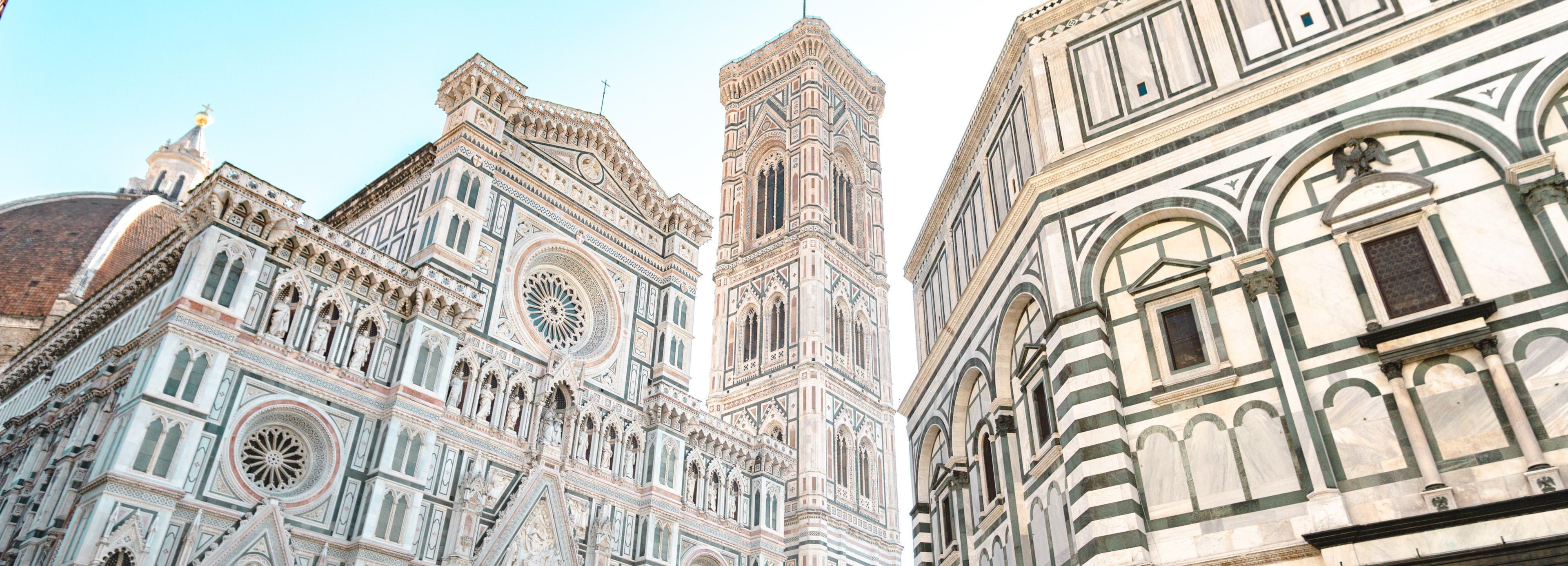
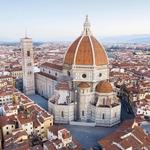
Florence
At about 50Km (1 hour drive), Florence is the closest major city that you will find close to Villa La Selva. Florence was a centre of medieval European trade and finance and one of the wealthiest cities of that era. It is considered by many academics to have been the birthplace of the Renaissance, becoming a major artistic, cultural, commercial, political, economic and financial center. During this time, Florence rose to a position of enormous influence in Italy, Europe, and beyond.
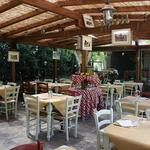
La Sosta di Pio VII Restaurant
Among the green hills of Chianti , on the road that connects Siena to Florence, 3 km from Poggibonsi , there is an ancient farmhouse, which history has it as the residence, for one night, of Pope Pius VII on 2 June 1815, forced to stop by a "physical necessity". The restaurant serves typical Tuscan cuisine.
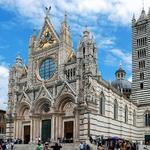
Siena
At just 30Km (30 min drive) from Villa La Selva. Siena was one of the most important cities in medieval Europe, and its historic center is a UNESCO World Heritage Site. The city sits over three hills with its heart the huge piazza del Campo, where the Roman forum used to be.
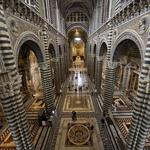
Siena Cathedral and its marble floor
Siena Cathedral contains numerous masterpieces from every age, but its marble mosaic inlay and graffito floor is in many ways its most prized possession. Giorgio Vasari certainly considered it the "most beautiful..., largest and most magnificent floor ever made". Once a year for a few weeks, the Cathedral of Siena discovers its magnificent floor made of marble intarsia.
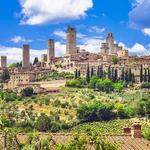
San Gimignano
San Gimignano is a small walled medieval hill town in the province of Siena. Known as the Town of Fine Towers, San Gimignano is famous for its medieval architecture, unique in the preservation of about a dozen of its tower houses, which, with its hilltop setting and encircling walls, form an unforgettable skyline. Recognized as a UNESCO World Heritage Site since 1990, San Gimignano offers visitors the chance to step back in time while enjoying its local products including saffron and its white wine, the Vernaccia di San Gimignano.
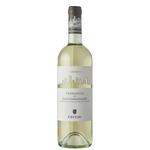
Vernaccia di San Gimignano wine
Vernaccia is a white Italian wine, made from the Vernaccia grape, produced in and around the Italian hill town of San Gimignano in Tuscany. Since the Renaissance, it has been considered one of Italy's finest white wines. It was the first Italian wine to be awarded Denominazione di Origine Controllata (DOC) status in 1966; on July 9th, 1993 it was upgraded to Denominazione di Origine Controllata e Garantita (DOCG). In San Gimignano, the Vernaccia grapes planted in sandstone based vineyards tend to produce the best examples of Vernaccia di San Gimignano. The wine is characteristically dry with crisp acidity and a slightly bitter finish. Most consider Vernaccia di San Gimignano to be a simple, everyday white; its popularity being owed less to what is in the glass and more to it being the local wine of San Gimignano.
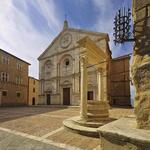
Pienza
Pienza is a town and comune in the province of Siena, Tuscany, in the historical region of Val d'Orcia. Situated between the towns of Montepulciano and Montalcino, it is considered the "touchstone of Renaissance urbanism". In 1996, UNESCO declared the town a World Heritage Site, and in 2004 the entire valley, the Val d'Orcia, was included on the list of UNESCO's World Cultural Landscapes.
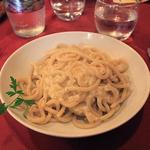
Pici Cacio e Pepe
Pienza is also the city of cacio, which means cheese! The Pecorino of Pienza is a tasty cheese made from sheep's milk, renowned worldwide and delicious, which can go from a delicate flavor to a decisive one based on how aged it is. The town streets are full of small charming shops selling a large quantity of various types of pecorino, from fresh to aged pecorico, that you can taste together with a number of other typical local products, such as fine wines, spices, pici (handmade pasta) and so on. Best of both worlds is mixing the pici with the cheese in the famous dish: pici con cacio e pepe.
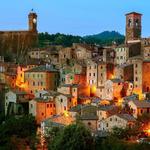
Grosseto
Grosseto is ‘Il Cuore della Maremma Toscana’ (the Heart of the Tuscan Maremma), situated 14 km from the sea coast. Compared to other towns, Grosseto isn’t old, it was founded in 1138, but somehow it managed to acquire a regalia and charm in those short years that makes it just as enthralling and just as beautiful as any Etruscan or Roman-founded city. From an historical point of view, its most interesting attractions are the city walls. They were rebuilt by the Medici in the 16th century and are still in good shape today.
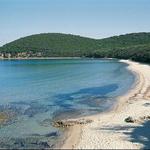
Calaviolina
Cala Violina takes its name from a detail that makes it unique: little grains of quartz that play a melody at every step. Sound beaches are an ancient phenomenon, already related by Marco Polo. There are just a hundred similar places in the world, and Cala Violina is one of them. Cala Violina, in the Mediterranean scrub of the Scarlino nature reserve, is a strip of beach facing an uncontaminated sea, enclosed between two promontories. Cala Violina can be reached only on foot or by bike. To book your place in Cala Violina, follow all the instructions that you find on this website: a contribution of 1 euro is required for the booking fee.
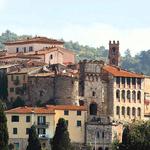
Rapolano Terme
Rapolano Terme lies in the heart of the Sienese territory, only a few miles from the city of the Palio. The land wears a hard exterior, with towns scattered among the rough, clayey Crete Senesi; but a warm heart beats beneath, as thermal waters bubble up from the subsoil, bursting with beneficial properties. It seems that even Giuseppe Garibaldi succoured his wounds in these amazing springs, as he bathed in the travertine pools which survive to this day. Among the hot pools, hydromassages and mud baths, you will find a vacation that balances leisure with discovery of an area that is talismanic of Tuscany. The two spas, L'Antica Querciolaia and the Terme di San Giovanni, are places of peace with backgrounds that take some beating.
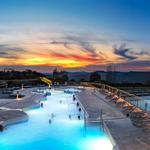
Terme San Giovanni
The Terme San Giovanni in Rapolano Terme, Tuscany, in the province of Siena, is a thermal bath centre with a hotel and spa. Terme San Giovanni there are various thermal pools at different temperatures, literally set in the peaceful and fascinating scenery of the Crete Senesi. In addition to the thermal pools, the structure has many other wellness environments in which to undergo thermal treatments or beauty treatments.
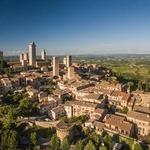
Montepulciano
Montepulciano is a medieval and Renaissance hill town and comune in the Italian province of Siena in southern Tuscany. According to legend, it was founded by the Etruscan King Lars Porsena of Clusium (modern Chiusi). Recent findings prove that a settlement was in existence in the 4th-3rd centuries BC. The city, full of elegant Renaissance palaces, ancient churches, charming squares and hidden corners, boasts vast panoramas all over the wonderful Val d'Orcia and Val di Chiana valleys that surround it.

Wine tasting
The charming city of Montepulciano is spread out along the ridge of a hillside, overlooking hectares of vineyards, the very same that produce the renowned red wine Vino Nobile. The landscape, the rich history, the colorful traditions and of course the wine make this an area that should be on every wine lovers itinerary.